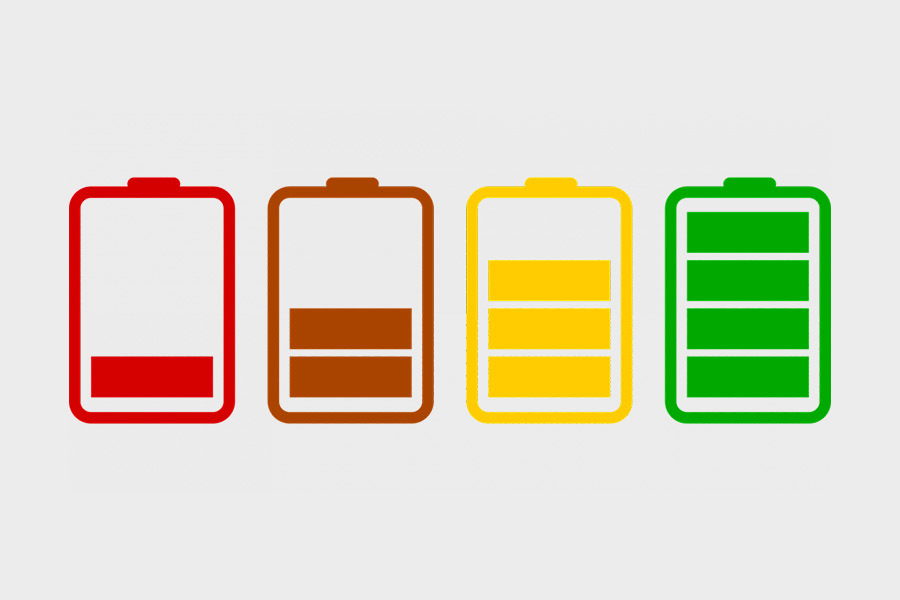Hot hydrogen production electrolyzer types on the market
Release time:2024-07-20
At present, the hot hydrogen production electrolyzer on the market mainly has the following types:
- Alkaline Electrolyzer (Alkaline Electrolyzer,ALK): It is a common way to produce hydrogen on a large scale by electrolysis of water. Mature technology, high degree of commercialization, no precious metal catalyst, low cost. However, there are problems of low hydrogen production efficiency, pollution in the production process and large power consumption. The hydrogen produced contains water vapor and lye, which need to be dealkalized and dehydrated, which consumes high energy and pollutes the environment. Alkaline electrolyte also reacts with carbon dioxide in the air to generate insoluble carbonate to block diaphragm pores. In addition, the alkaline water electrolyzer is difficult to quickly start and stop and adjust the speed of hydrogen production, and it is difficult to adapt to the intermittent characteristics of photovoltaic power generation, wind power generation and other industries. At this stage, China has the ability to independently produce alkaline water electrolyzers, and the maximum hydrogen production can reach 1200nm ³/h. The representative enterprises in China's alkaline water electrolyzer industry mainly include Suzhou Jingli Hydrogen Production Equipment Co., Ltd. and Tianjin Continental Hydrogen Production Equipment Co., Ltd.
- Proton Exchange Membrane Electrolyzer (Proton Exchange Membrane Electrolyzer,PEM): At present, it is in the early stage of commercialization. Compared with alkaline electrolyzers, it has higher hydrogen production efficiency, relatively low power consumption, and can use wind and solar power generation for hydrogen production. However, due to the use of a large number of precious metals in its production process, and the scale of hydrogen production per tank is still low, reducing costs and expanding production scale is the future development trend. Its core components are still dependent on imports.
- Anion Exchange Membrane Electrolyzer (Anion Exchange Membrane Electrolyzer,AEM)The development advantage is that it combines the advantages of low cost of alkaline electrolyzer and high efficiency of proton exchange membrane electrolyzer, which can produce hydrogen efficiently at a lower cost. However, the research and development of anion exchange membrane with high ionic conductivity and strong alkali resistance is difficult, and it is still in the laboratory.
- Solid Oxide Electrolyzer Cell (SOEC)At present, it is in the stage of laboratory amplification, and the hydrogen production efficiency is higher than that of the other three technology paths in the high temperature environment above 800 ℃. However, due to the cost is much higher than the alkaline electrolyzer and proton exchange membrane electrolyzer, and the solid oxide electrolyzer and solid oxide fuel cell (Solid Oxide Fuel Cell,SOFC) chemical reaction process is reversible, the future hydrogen energy storage is expected to become its application direction. At present, the hydrogen production power of solid oxide electrolyzers in domestic enterprises is mainly kilowatt, concentrated in 2-25kw. Due to the extremely reversible nature of solid oxide fuel cells/solid oxide electrolyzers, solid oxide electrolyzer manufacturers are primarily transformed from solid oxide fuel cell manufacturers. It is predicted that solid oxide electrolyzers are expected to usher in a period of industry development after 2030.
In terms of industry maturity, ALK>PEM>SOEC>AEM. China's electrolytic cell production related companies are currently mainly concentrated in the electrolytic cell production process, and ALK and PEM electrolytic cell-based. In the future, the scale of ALK electrolytic cell hydrogen production is expected to increase, single-cell prices are expected to further decline, PEM electrolytic cell domestic substitution and precious metal content is expected to further decline, ushering in the industry scale effect, AEM electrolytic cell and SOEC electrolytic cell is also expected to usher in the next 3-8 years of industry development period.
Related News







